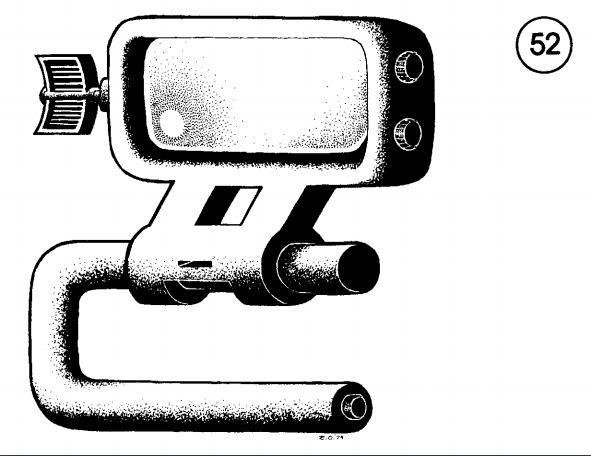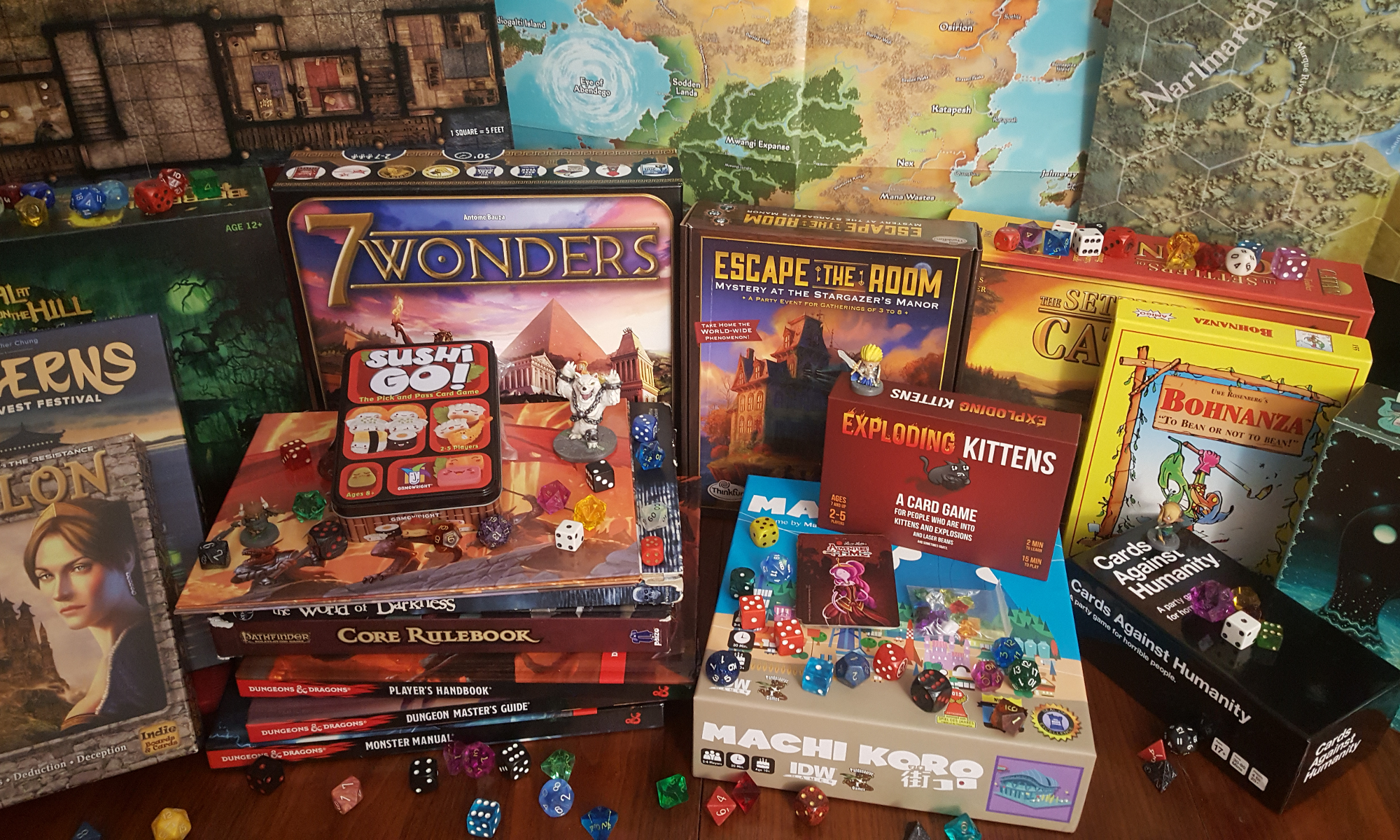Today, we’re discussing boxed text, text meant to be read aloud. Named for the early gaming convention of enclosing it in a box (a convention adopted due in part to printing limitations), read-aloud text can serve as a useful summary of the settings and plots of adventures.
First thing’s first, the Laser Pistol from Expedition to the Barrier Peaks.

Anyway, boxed text. As we mentioned, the article no longer exists on Wizards’ website (and, indeed, isn’t in the Internet Archive either) there was an article discussing how at conventions, they were able to determine that on average the DM only has two sentences to deliver before the players lose interest. It’s still important, however, to get across everything you need to, you may need more than that, and boxed text might be the easiest way to ensure both brevity and completion. It’s increasingly something designers want to do away with, and some pretty clever solutions have been suggested for the problem.
While “illustrate everything” is largely cost and labor prohibitive, it’s not out of the question to have illustrations of key moments. Many 1st edition adventures actually contained pages of illustrations, so this is a longstanding tradition. If you as DM have a bit of artistic talent, you could sketch illustrations of a number of locations. Even if you do, it may be helpful to draw quick map-illustrations to give an idea of space.
Bullet-point lists are sometimes used to ensure that the most important points can be referenced. This gives the DM freedom to improvise in whatever manner they believe will appeal to their group. It further offers the option to present the information in novel ways, perhaps addressing each character in turn, giving the environment bit-by-bit as part of a narrative. Perhaps giving a skeletal overview with a quick note to nudge the players toward the most important elements. Perhaps suggesting skill checks the player characters could make to notice additional things about the environment.
Some give a general description of the area and leave it to the DM to decide how to present it and what elements to include. In the spirit of our “typical suburban kitchen” example, they might choose to use that description as a springing-off point and mention the cute, chicken themed porcelain vessels for fruit, salt, pepper and butter. Perhaps include in the description the smell of fresh baked bread. Perhaps note the thin layer of dust accross everything from chronic disuse. With a single well-chosen addition, the entire mood of an environment can be changed.
Concerns about your player’s attention spans can be addressed, in part, by encouraging back and forth. Give a pregnant pause to allow a player to ask a question clarifying description. Give the villain some James Bond style back-and-forth with the heroes. Let them interact. One of the greatest parts of roleplaying is the collaborative storytelling, and encouraging collaboration will almost always be met with appreciation by your players.
I’d like to do an episode on collaborative games, both those with and without a referee role (or even the rare ones that have only one player role). For now, I want to leave you with the idea that it’s not necessarily scripting that is the problem, but inflexibility, especially as it skews you towards verbosity.

